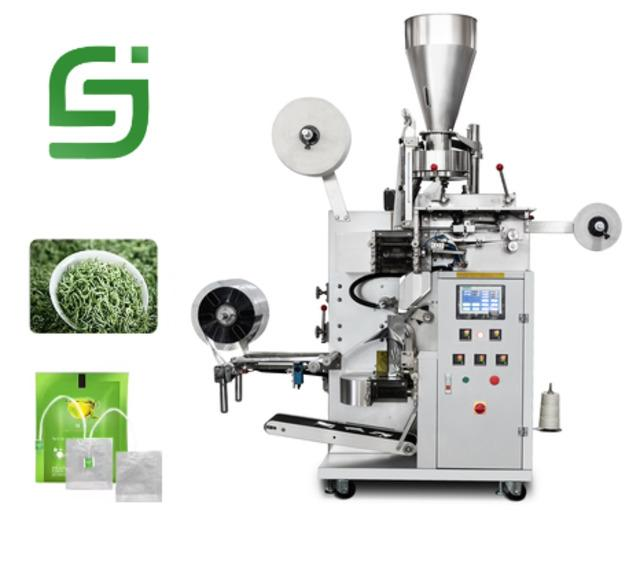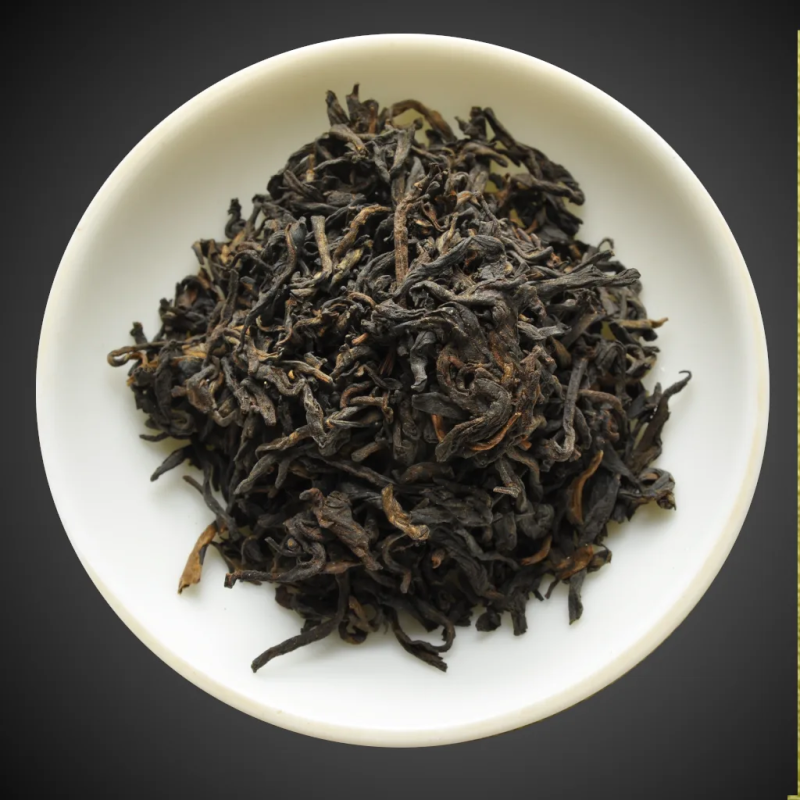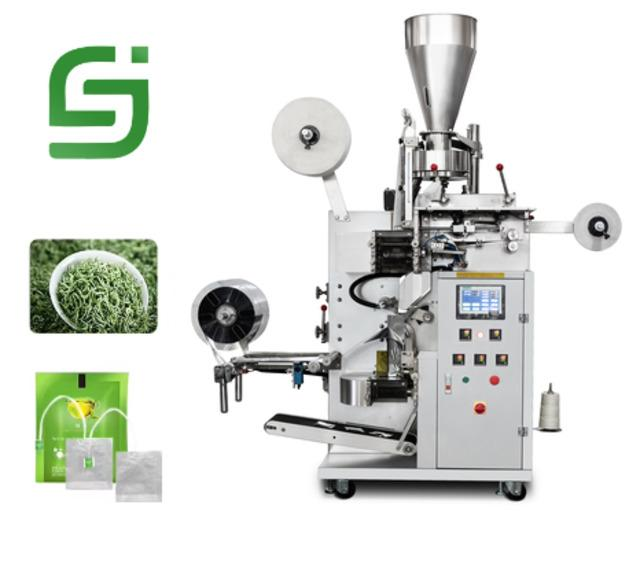How to clean and maintain the sauce packaging machine after packaging sticky products

Strong 8k brings an ultra-HD IPTV experience to your living room and your pocket.
After packaging sticky products, cleaning and maintaining the sauce packaging machine is crucial to ensure optimal performance and hygiene standards. Proper maintenance not only extends the machine's lifespan but also prevents cross-contamination and product quality issues. This guide outlines effective methods to clean and maintain a sauce packaging machine efficiently.
1. Daily Cleaning Routine
Establishing a daily cleaning routine is essential to prevent residue buildup and maintain hygiene. Start by removing any leftover product from the machine using approved cleaning tools and brushes. Pay close attention to areas prone to accumulation, such as filling nozzles, conveyor belts, and product contact surfaces.
2. Disassembly and Inspection
Regularly disassemble the machine components for a thorough inspection and cleaning. This includes removing belts, trays, and other removable parts according to the manufacturer's guidelines. Inspect seals and gaskets for wear and tear, as these can affect the machine's sealing and packaging efficiency.
3. Cleaning Solutions and Agents
Use appropriate cleaning solutions and agents recommended by the machine manufacturer or industry standards. Avoid abrasive cleaners that could damage surfaces or leave residues harmful to food safety. Consider using food-grade sanitizers to disinfect parts that come into direct contact with the product.
4. Lubrication and Maintenance
Regularly lubricate moving parts such as gears, bearings, and chains to prevent wear and ensure smooth operation. Use lubricants specified by the manufacturer to avoid compatibility issues and maintain food safety standards. Periodically inspect and replace worn-out parts to prevent unexpected breakdowns.
5. Deep Cleaning Procedures
Perform deep cleaning procedures at regular intervals to remove stubborn residues and maintain optimal machine performance. Use steam cleaning or hot water rinses to effectively dissolve and flush out sticky deposits. Ensure all cleaning agents and processes comply with food safety regulations.
6. Calibration and Testing
Calibrate the machine periodically to ensure accurate filling and sealing of packages. Conduct testing runs with non-sticky products after cleaning to verify the machine's performance and identify any adjustments needed. Document calibration procedures and results for traceability and quality control purposes.
7. Operator Training and Awareness
Train machine operators on proper cleaning procedures and the importance of maintenance in preserving equipment longevity and product quality. Emphasize the significance of hygiene practices in preventing contamination and meeting regulatory requirements.
Conclusion
In conclusion, maintaining a sauce packaging machine after handling sticky products requires diligence and adherence to specific cleaning protocols. By establishing a regular cleaning schedule, using appropriate cleaning agents, and conducting thorough inspections, manufacturers can ensure the machine operates efficiently and complies with food safety standards. Regular maintenance not only enhances machine performance but also contributes to consistent product quality and customer satisfaction.
2. Weekly Inspection and Maintenance
Perform a detailed inspection of the machine on a weekly basis to identify any signs of wear, tear, or malfunctioning parts. Check the condition of seals, gaskets, and bearings for signs of deterioration or leaks. Lubricate moving parts according to manufacturer specifications to reduce friction and prolong component life. Replace worn-out parts promptly to prevent unexpected breakdowns during production.
3. Deep Cleaning Procedures
Periodically schedule deep cleaning sessions to remove stubborn residues and maintain sanitation levels. Use approved cleaning agents and disinfectants suitable for food-grade equipment. Disassemble components such as hoppers, chutes, and filling heads for thorough cleaning. Scrub components with soft brushes or use high-pressure water jets for effective residue removal. Allow all cleaned parts to air dry completely before reassembling the machine.
4. Calibration and Adjustment
Regularly calibrate the machine to ensure accurate weighing and packaging of powders. Use calibrated weights or test powders to verify the accuracy of filling and sealing operations. Adjust settings such as fill volumes, sealing temperatures, and conveyor speeds according to product specifications and production requirements. Document calibration procedures and results to maintain consistency and compliance with quality standards.
Note: IndiBlogHub features both user-submitted and editorial content. We do not verify third-party contributions. Read our Disclaimer and Privacy Policyfor details.







